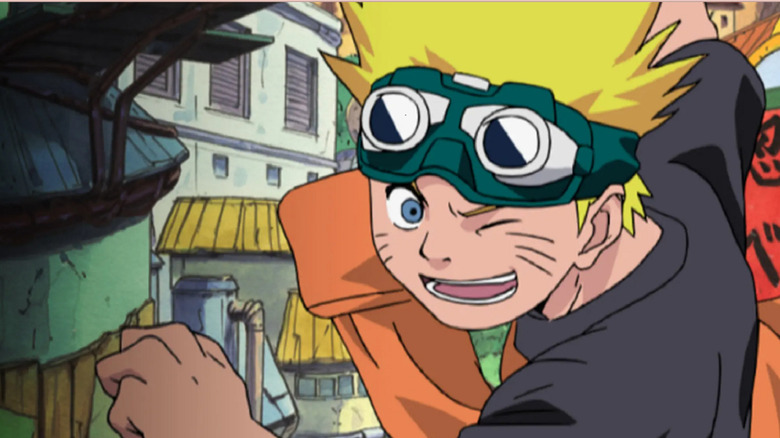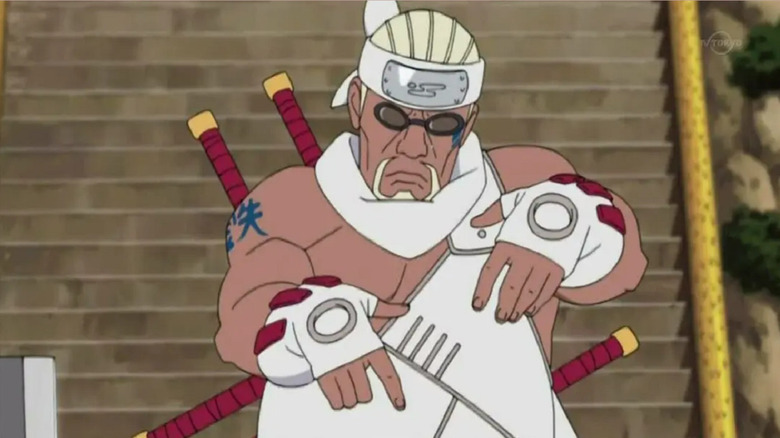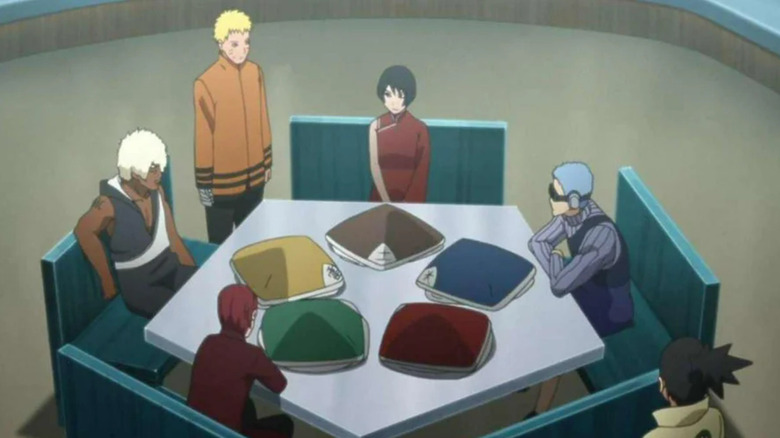Masashi Kishimoto Says Naruto Became Multicultural In A Natural Way
One gripe international audiences generally have over certain anime shows is that these do not always reflect how multicultural society is. Typically, as a general rule, especially in regard to shonen, most characters are white, cisgender, and straight. Therefore, it is positively refreshing when mangaka decide to broaden their horizons and be more inclusive, so that some fans feel seen by the products they admire. There are a few cases worth noting within the anime industry: one of these is Hajime Isayama's "Attack on Titan," while another, longer and older still, is Masashi Kishimoto's "Naruto."
"Naruto" definitely became more inclusive as the series progressed — although fans don't agree unanimously that the series incorporated enough diverse representation or that this representation was not stereotypical. Kishimoto was asked in 2015 by Anime News Network about the introduction of certain multicultural characters into the story and how that came about. In his response, the mangaka attributed this decision not to any deliberate reasoning on his part, but to the natural progression of the story and the expansion of the manga's universe.
Kishimoto had to broaden his perspective
In "Naruto: Shippuden," more diverse characters were introduced into the already character-driven narrative. One of these was the fabulous Killer Bee from the Hidden Cloud Village. When questioned about the introduction of characters from different cultural backgrounds, Kishimoto answered, "When I started expanding on the world, especially through introducing other ninja villages, the very nature of doing that kind of forced me to widen the perspective ... So while it wasn't necessarily an outright deliberate decision, I think I was conscious of the fact that I wanted Naruto's world to reflect, at least a little bit, the world at large."
The lack of diverse representation in the beginning of "Naruto" can likely be attributed to an absence of awareness on Kishimoto's part of what his readership was going to look like. "I didn't think much about foreign readers when I began 'Naruto,' but I knew that many of the artists who influenced me had already been accepted overseas," the mangaka told the LA Times in 2008.
Fans speak out on whether the world of Naruto really reflects ours
In spite of Kishimoto's claim that he widened his perspective, some fans have noted that the world of "Naruto" still lacks distinct textures for different locations and regions. One Redditor requested help in understanding how to make the different Hidden Villages feel unmistakably diverse when writing a fanfiction. Another posted a picture of the Five Kage Summit in "Boruto" with the title: "What culture does each village represent?" People were less serious and helpful than in the previous post, with one amusingly — yet sadly — replying: "Japan, Japan, Japan, Japan and Japan."
Other Reddit users, and fans in general, have issues with how the female characters are portrayed: "Angry and notably excessive violent female character? Where have I seen this before? Oh that's right, LITERALLY EVERY FEMALE CHARACTER IN THIS SHOW," wrote one user, adding, "Maybe it is for 'comedic' purposes but every girl in [the series] has that problem." When one thinks about it, most female characters, with the exception of Hinata, seem too quick to show aggressiveness – Sakura being the most blatant example.
While there certainly was more inclusivity present in later "Naruto," the series is not the most inclusive and diverse in anime. Perhaps if it had been created in this decade, there would have been more attention to those aspects. Regardless, despite its deficiency in varied and fleshed-out representation of different ethnicities and cultures, "Naruto" is still a show abounding with memorable characters, riveting story arcs and poignant moral lessons.


